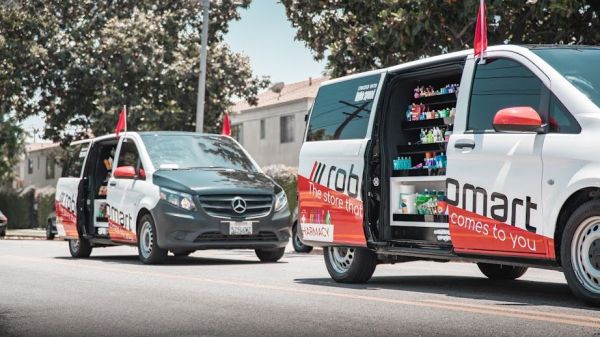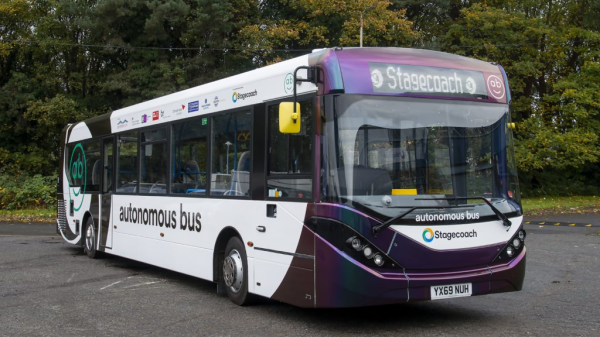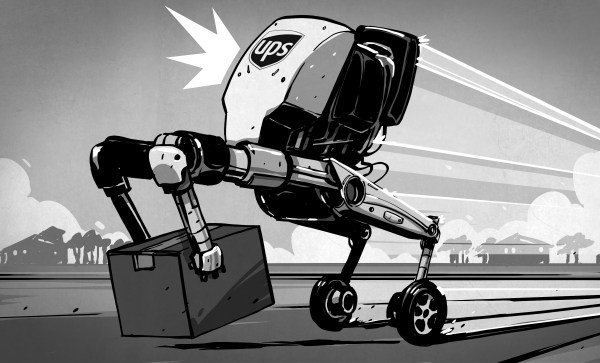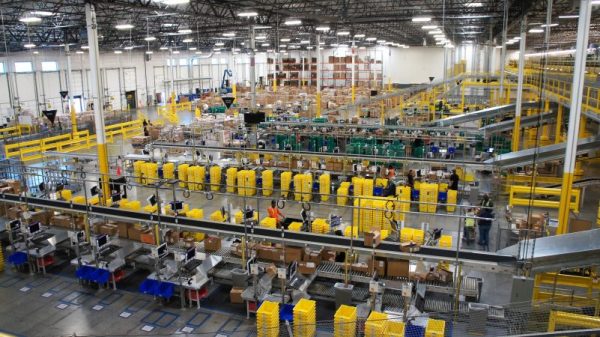For as popular as they became during the COVID-19 lockdowns, grocery delivery services like InstaCart rely on a basic assumption to work: that customers know exactly what they want when they order. Once that hurdle is overcome, the transaction is simple — the driver accepts the job, drives to the store to pick up the order, and takes it to the customer. It requires the use of a fair amount of technology to coordinate everything, but by and large it works, and customers are generally willing to pay for the convenience.
But what if you could cut out that step where the driver goes to pick up your order? What if instead of paying someone to pick and pack your order and bring it to your front step, you just ordered up the whole store instead? That’s the idea behind Robomart, which seeks to deploy a fleet of mobile stores for when the convenience store isn’t quite convenient enough. And the way the company is choosing to roll out its service, not to mention the business model itself, may hold key lessons for other delivery automation platforms.
Continue reading “Automate The Freight: The Convenience Store That Comes To Your Door”


















